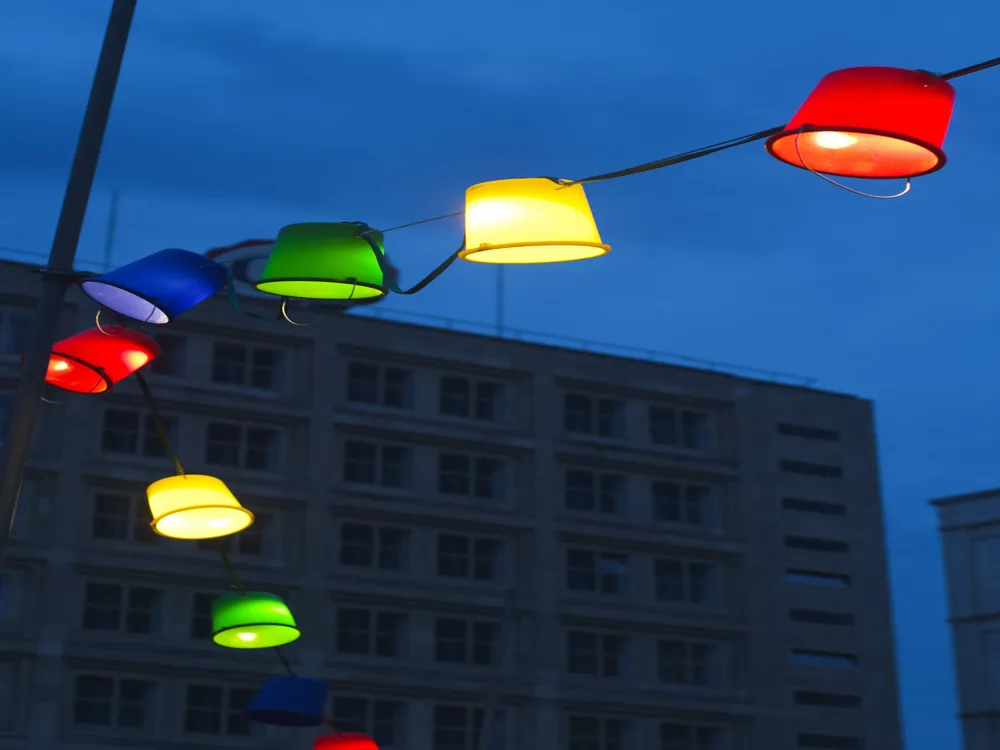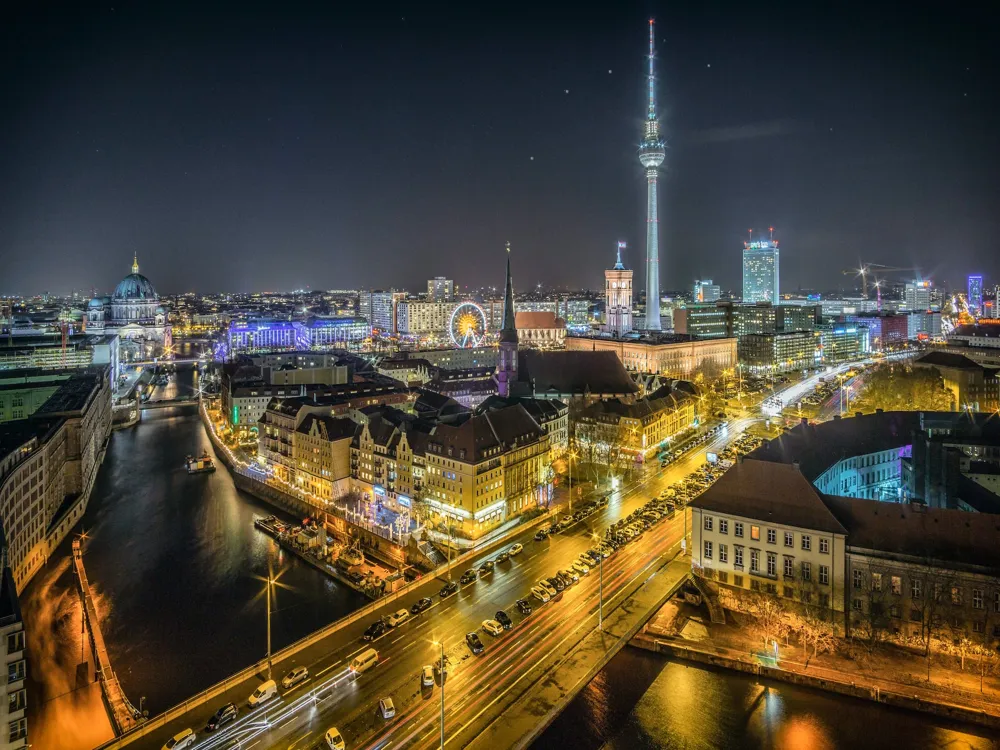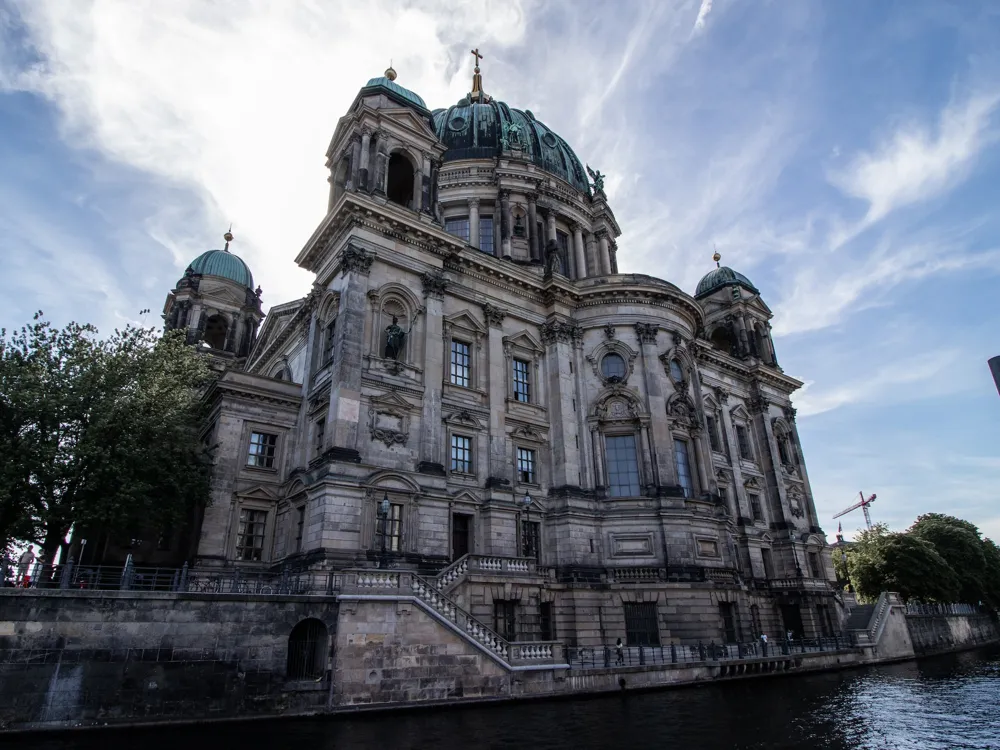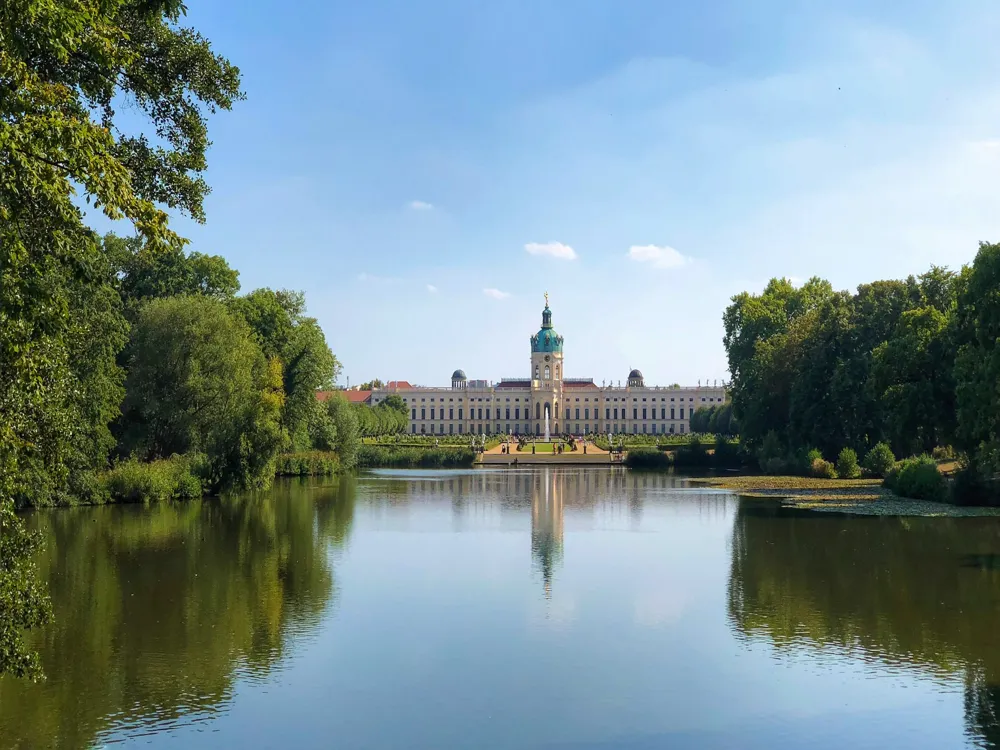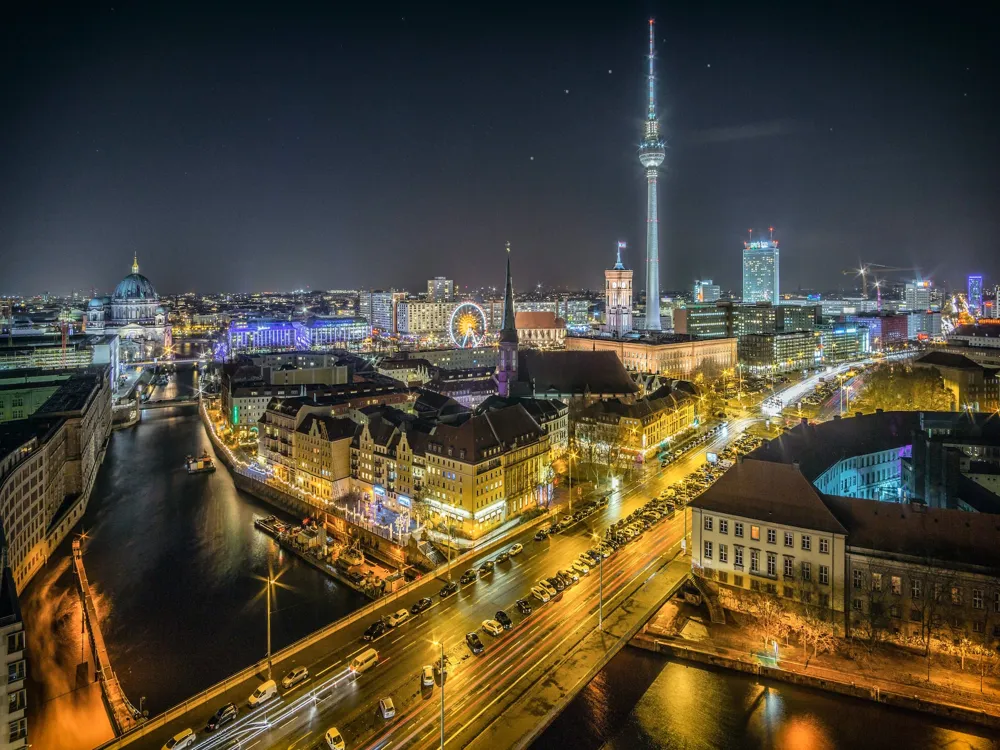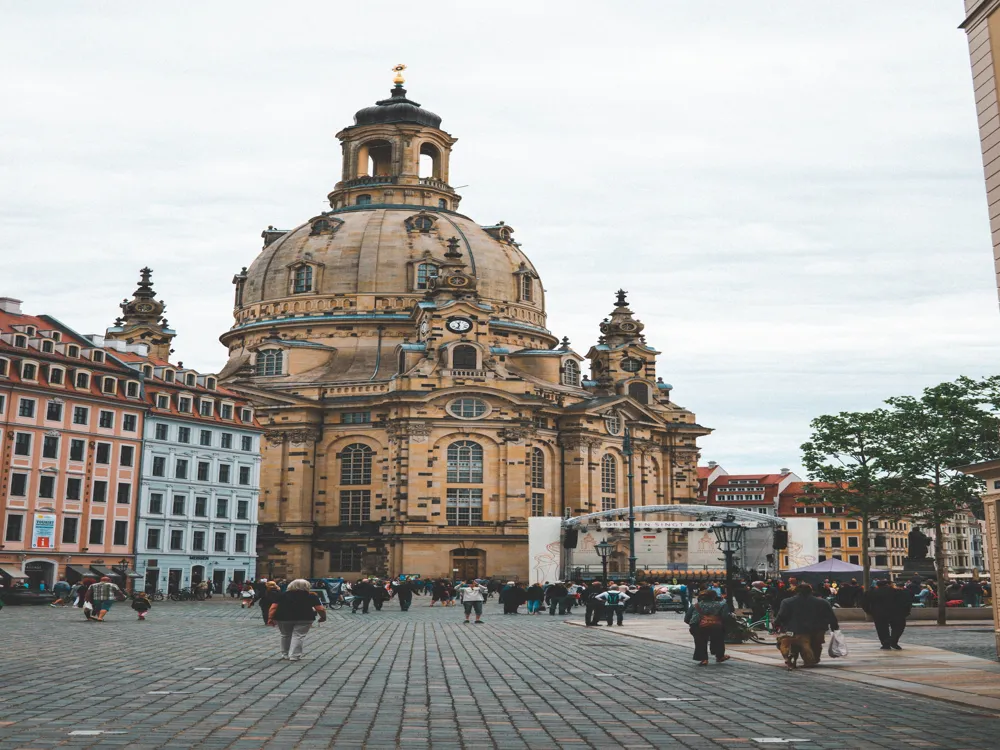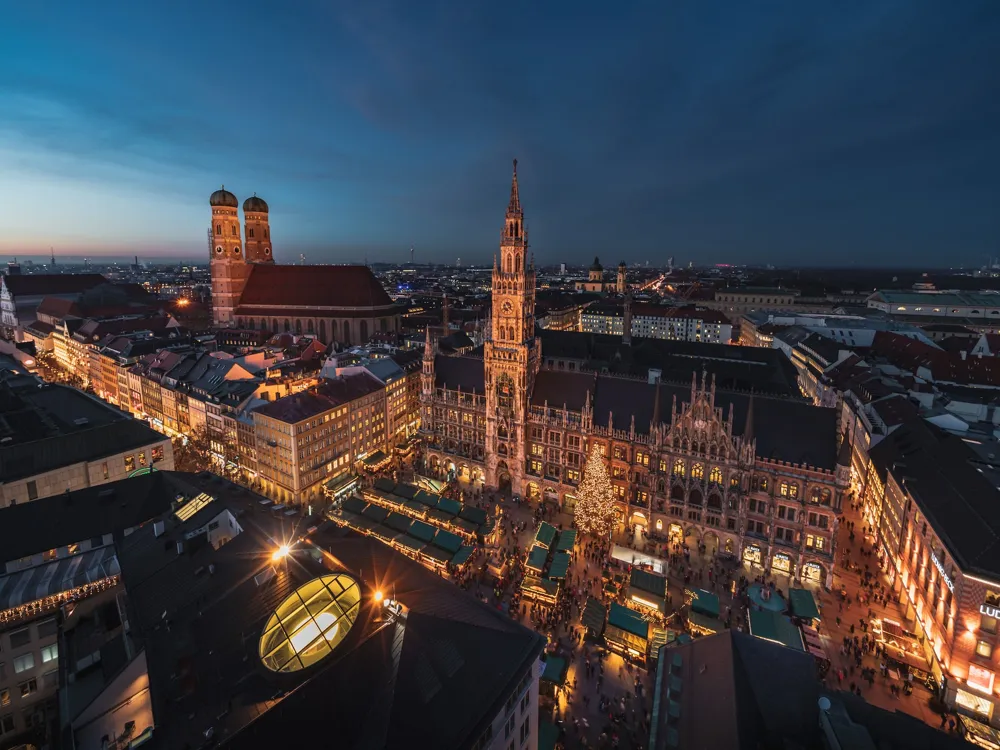Berlin, the vibrant capital city of Germany, is a remarkable blend of history, culture, and modernity. Known for its rich historical background, Berlin has emerged from its tumultuous past into a thriving hub for art, technology, and entertainment. Its unique character is a fusion of various cultural influences, making it a fascinating destination for travelers from all over the world. As we explore the city's essence, we uncover its history from the medieval times through its significant role in World War II, to its rebirth as a cosmopolitan center in the heart of Europe. Berlin's history is as diverse as its population. Initially a small settlement, it grew in prominence through the centuries, playing pivotal roles in European history. The city witnessed the rise and fall of the Kingdom of Prussia, the impacts of the World Wars, the Cold War's stark division, and the joyous reunification. Each period has left its indelible mark, shaping the city's unique identity. Culture in Berlin is as diverse as its inhabitants. The city boasts a thriving art scene, renowned museums like the Pergamon and Bode, and a vibrant nightlife. It's also a hub for festivals, music, and theater, reflecting the rich tapestry of traditions and modern trends. Berlin's cultural landscape is a testament to its resilience and ability to reinvent itself continually. Today's Berlin is a dynamic metropolis, known for its open and inclusive atmosphere. It's a center for start-ups, technology, and innovation, attracting young professionals and creatives from across the globe. The city's infrastructure, with its efficient public transportation system and green spaces, complements its bustling urban life, making it a model city in terms of sustainability and livability. Berlin's architecture is a physical narrative of its tumultuous history and remarkable resilience. The cityscape is a juxtaposition of historic buildings, modernist structures, and contemporary designs, each telling a story of different eras and ideologies. From classicist landmarks to avant-garde constructions, Berlin's architectural diversity is a testament to its evolving identity through the centuries. The city's architectural roots can be traced back to medieval times, with Romanesque and Gothic influences evident in its oldest structures. The Renaissance and Baroque periods introduced grandeur and ornamentation, as seen in buildings like the Charlottenburg Palace. The 19th century saw the rise of Classicism and the iconic Brandenburg Gate, a symbol of Berlin's historical significance. The 20th century ushered in modernism, radically changing Berlin's skyline. The Bauhaus movement, born in Germany, influenced much of this transformation, emphasizing function over form. Post-WWII reconstruction and reunification led to an influx of contemporary architectural marvels, like the Berliner Philharmonie and the glass dome of the Reichstag, blending the old with the new in a uniquely Berlin way. Berlin is also home to unconventional structures that defy traditional architectural norms. The Fernsehturm (TV Tower) offers panoramic views of the city, while the East Side Gallery, a remnant of the Berlin Wall, serves as a canvas for political and artistic expression. These unique structures add to the eclectic mix that defines Berlin's architectural landscape. When planning a trip to Berlin, consider the season and local events. Spring and autumn offer pleasant weather and fewer crowds. Check the city's event calendar for festivals and cultural happenings that might pique your interest. Booking accommodations in advance is advisable, especially during peak tourist seasons or major events. Berlin's public transportation system is extensive and efficient, making it easy to navigate the city. The U-Bahn (subway), S-Bahn (city train), trams, and buses connect all major areas. Purchasing a Berlin WelcomeCard can provide unlimited travel and discounts at various attractions. Don't forget to validate your ticket before starting your journey. Understanding and respecting local customs and etiquette can enhance your experience. Berliners value punctuality, direct communication, and personal space. When dining out, tipping around 10% is customary. Also, remember to respect the city's historical sites and memorials by observing silence and decorum. Beyond the well-known attractions, Berlin has much to offer. Explore the city's diverse neighborhoods like Kreuzberg and Prenzlauer Berg for a taste of local life. Check out smaller galleries, cafes, and flea markets. Berlin's parks, like Tiergarten and Tempelhofer Feld, offer a green respite from the urban hustle. Berlin is well-connected and accessible from various parts of the world. The city's two main airports, Berlin Brandenburg Airport (BER) and Tegel Airport (TXL), serve numerous international and domestic flights. Berlin's central location in Europe also makes it a hub for train and bus networks, providing easy access from neighboring countries. For those preferring to drive, Berlin is well-connected through an extensive network of highways, making road trips a viable option.Overview of Berlin
History
Cultural Significance
Modern Berlin
Architecture of Berlin
Historic Architecture
Modernist and Contemporary Architecture
Unique Structures
Tips When Visiting Berlin
Planning Your Visit
Navigating the City
Cultural Etiquette
Exploring Beyond the Tourist Traps
How To Reach Berlin
Treptower Park
Berlin
₹ 58,000 onwards
View berlin Packages
Berlin Travel Packages
View All Packages For Berlin
Top Hotel Collections for Berlin

Private Pool

Luxury Hotels

5-Star Hotels

Pet Friendly
Top Hotels Near Berlin
Other Top Ranking Places In Berlin
View All Places To Visit In berlin
View berlin Packages
Berlin Travel Packages
View All Packages For Berlin
Top Hotel Collections for Berlin

Private Pool

Luxury Hotels

5-Star Hotels

Pet Friendly







